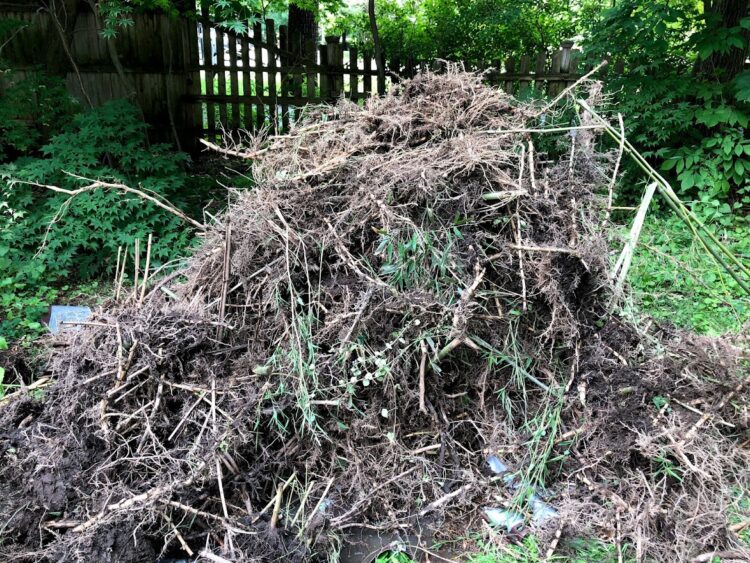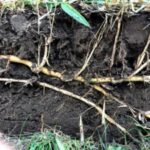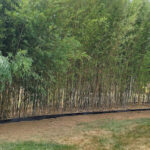Removing bamboo can be a challenging task even for some professionals, especially if the bamboo has established a deep root system. While it is always best to have a professional come and assess the situation, we understand that it may not always be possible to have someone come right away. Here are some steps that can help you remove bamboo yourself:
- Cut down the bamboo stalks: Start by cutting down the bamboo stalks as close to the ground as possible. You can use a saw or a pair of sharp loppers to cut the stalks.
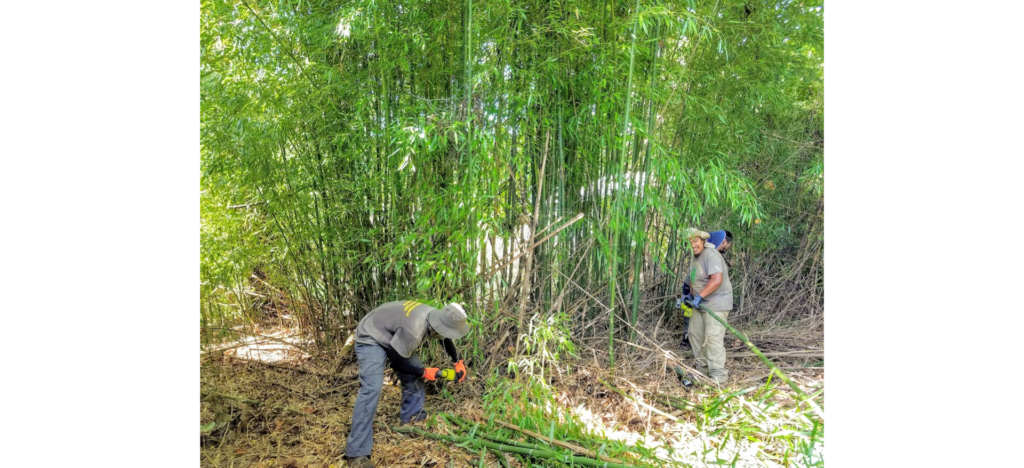
Cutting of bamboo
- Dig up the rhizomes: Once the stalks are removed, the next step is to dig up the rhizomes or the underground stems that will produce the bamboo shoots. Use a shovel or a pick axe to loosen the soil around the rhizomes. Be sure to dig deep enough to get all the rhizomes out.

- Remove the rhizomes: Once the rhizomes are exposed, use a pair of loppers or a sharp knife to cut them into smaller pieces that are easier to handle. Then, remove as much of the rhizomes as possible, trying not to leave any behind.
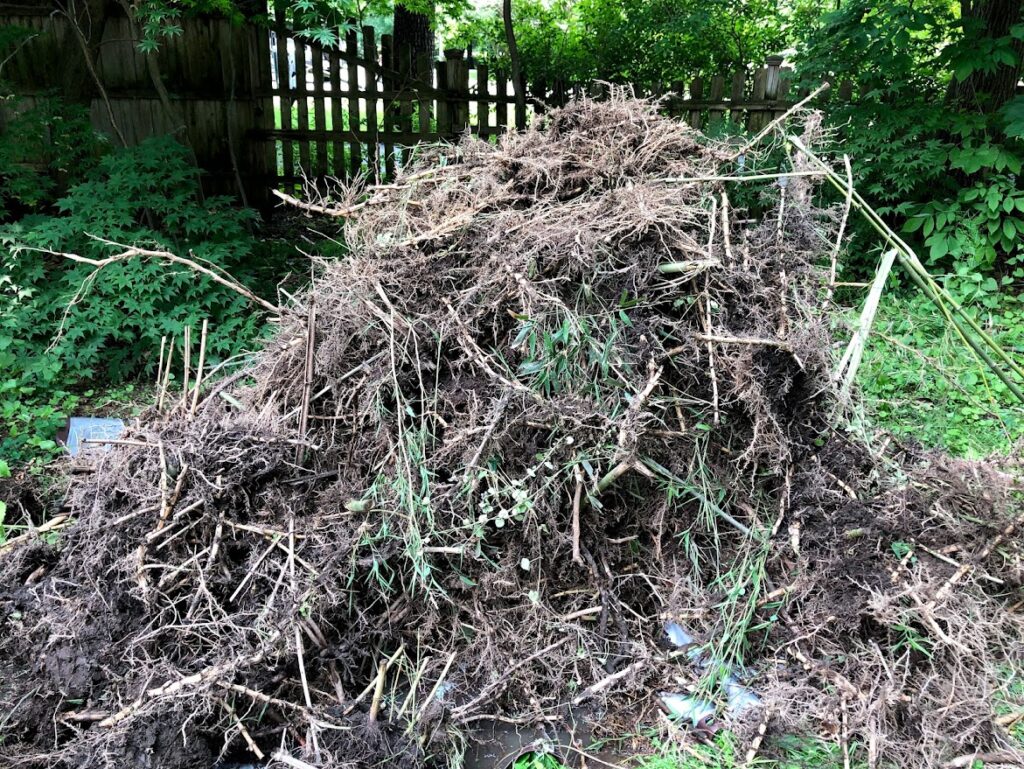
- Monitor for regrowth: After you have removed the bamboo, it’s important to monitor the area for any regrowth. Even small pieces of rhizomes left behind can lead to new bamboo shoots. If you see any new shoots, remove them as soon as possible.

bamboo shoot or bamboo sprout that come out and growing from the ground Repeat the process: Depending on how extensive the bamboo root system was, you may need to repeat the process of digging and cutting until all the rhizomes are removed.
Note: Bamboo can be very invasive, and even after removing all visible roots, it is possible for it to regrow. Consider using a root barrier or consulting with a professional landscaper to ensure that the bamboo is fully removed and won’t return.



